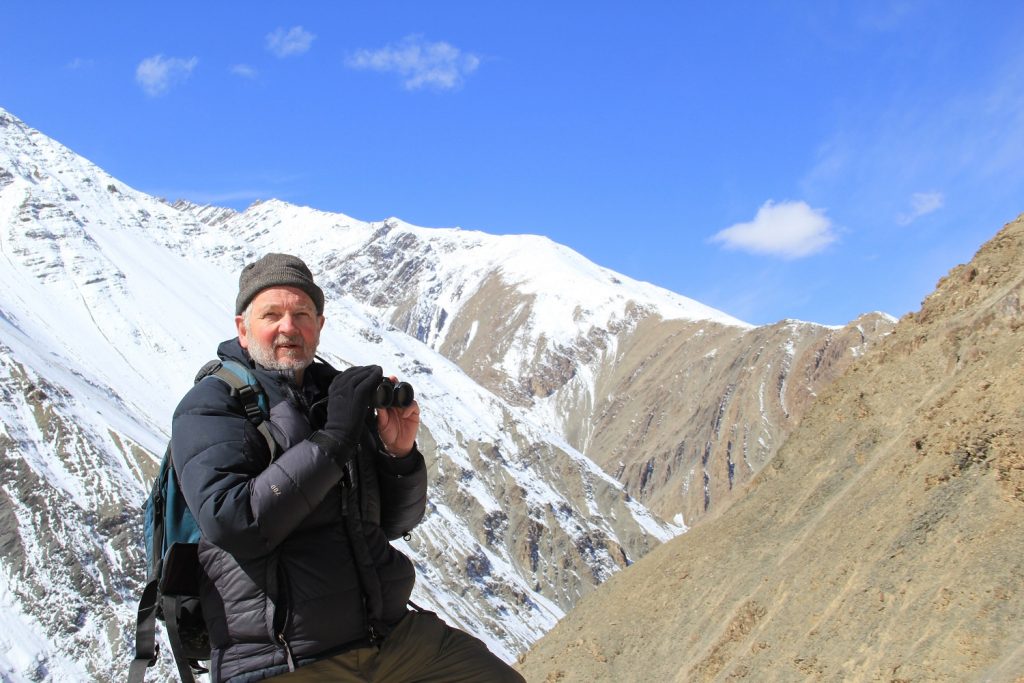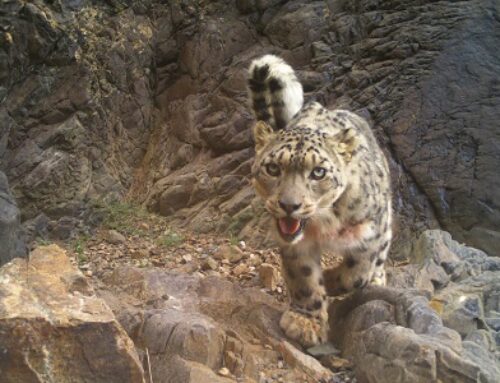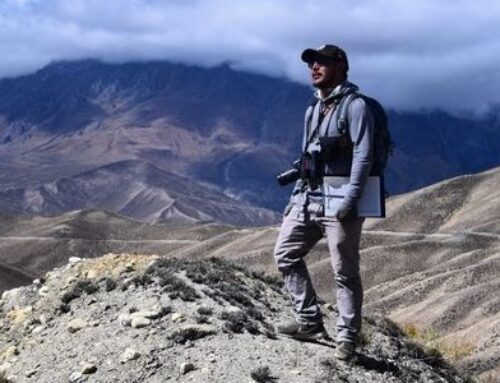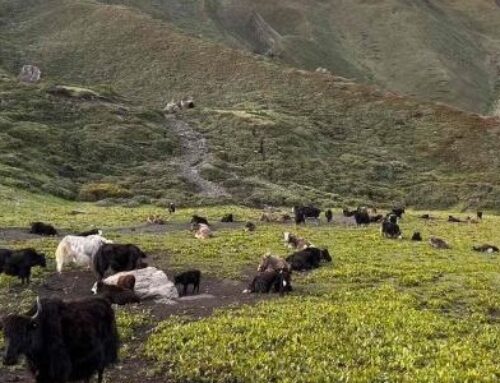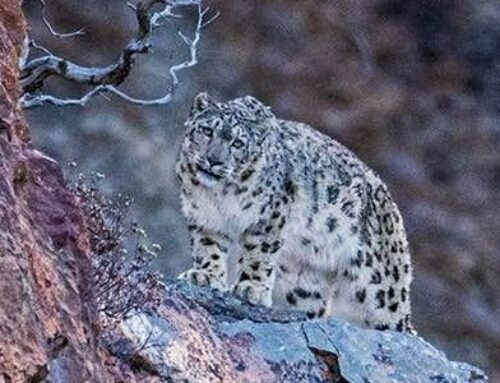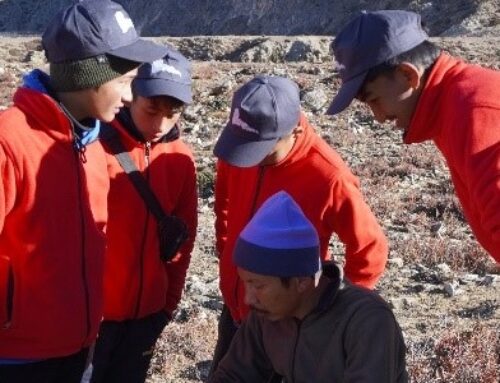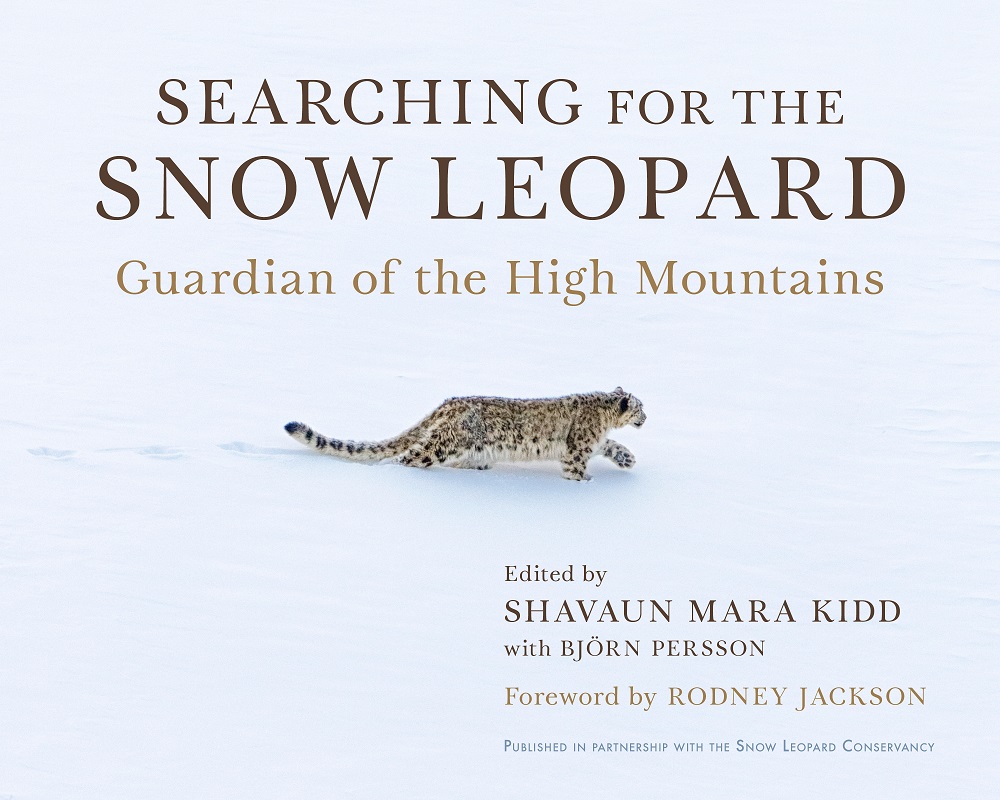
Cover Photo: Oriol Alamany
Searching for the Snow Leopard describes for the reader what it’s like to travel to the high mountains of Asia in search of one of the most elusive predators on the planet.
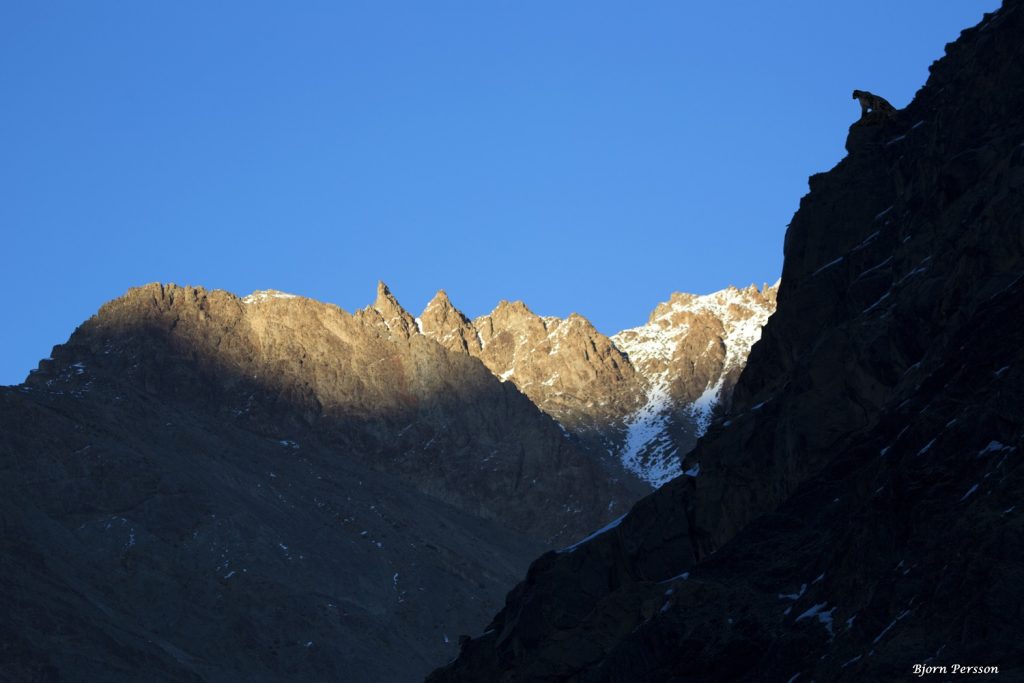
Photo: Bjorn Persson
More than 140 breathtaking photographs – all taken in the wild and none with camera traps – together with personal narratives and text that relates the natural history of the snow leopard and its cultural significance and place in lore, its interactions with local peoples, and information about its conservation make up this beautiful book.
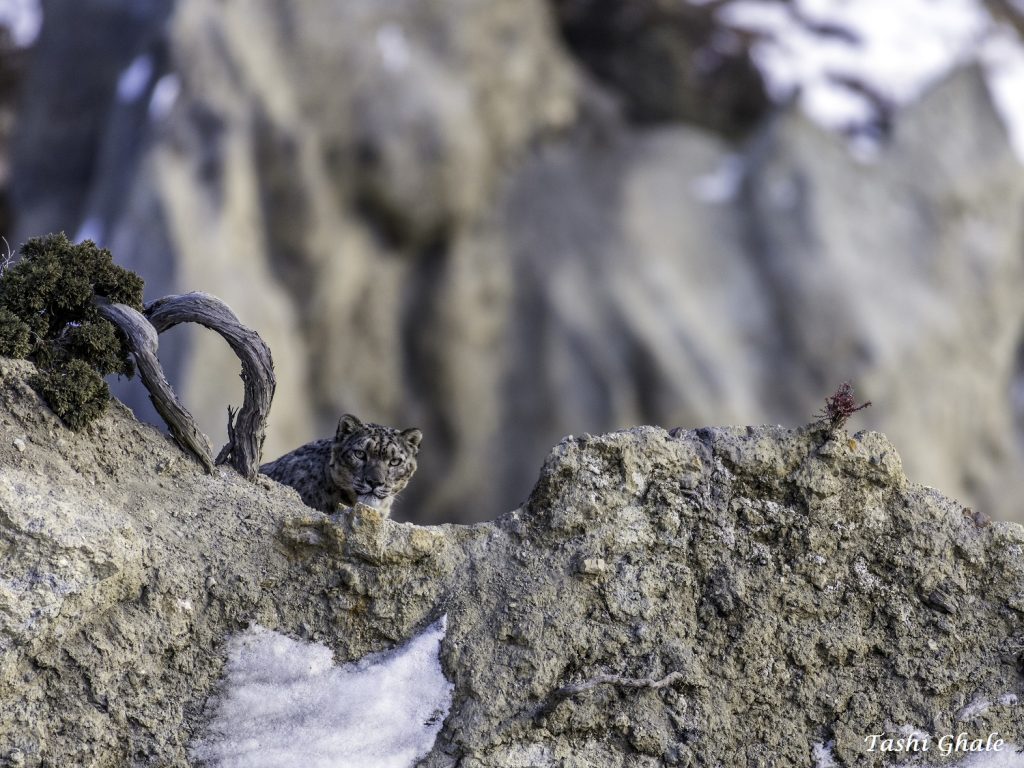
Photo: Tashi Ghale
Accompany the photographers & conservationists as they learn firsthand about the life of the snow leopard; experience what it is like to search for one against a background of rock and snow; and explore the intangible connection between humans and this sacred cat.
Publication date is October 6, 2020.
Click here to get your autographed copy!
Meet the Contributors

Shavaun Kidd is the outreach conservation educator for the Snow Leopard Conservancy and speaks to a variety of audiences about the snow leopard and the conservation of this iconic species. She also serves as social media manager, maintaining the Conservancy’s presence on a variety of platforms. Shavaun is responsible for the online newsletter and maintains the Conservancy’s website. In addition, she handles online fundraising sales.
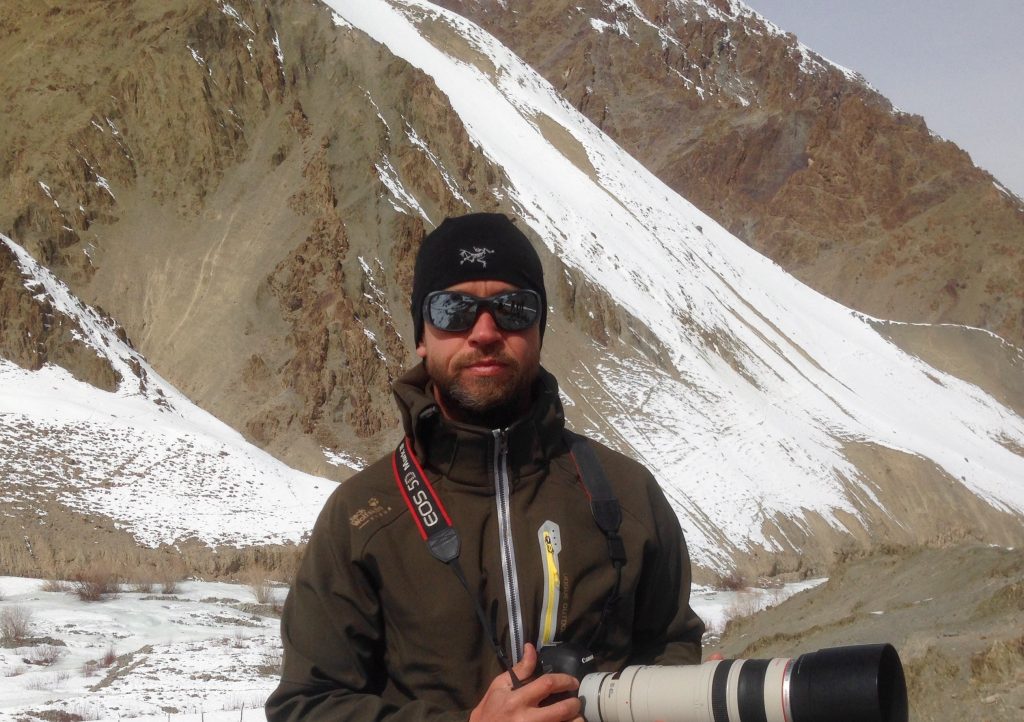
Bjorn Persson hails from Stockholm, Sweden. His passion for the planet’s beautiful wildlife is reflected in his images. He sees animals as they truly are, emotional, thinking, and conscious beings with different pesonalities. He tries to protray their souls and translates their widsom with his camera as his paintbrush. Instead of creating despair about their threatened situation, he wants to give people the urge and inspiration to get involved.
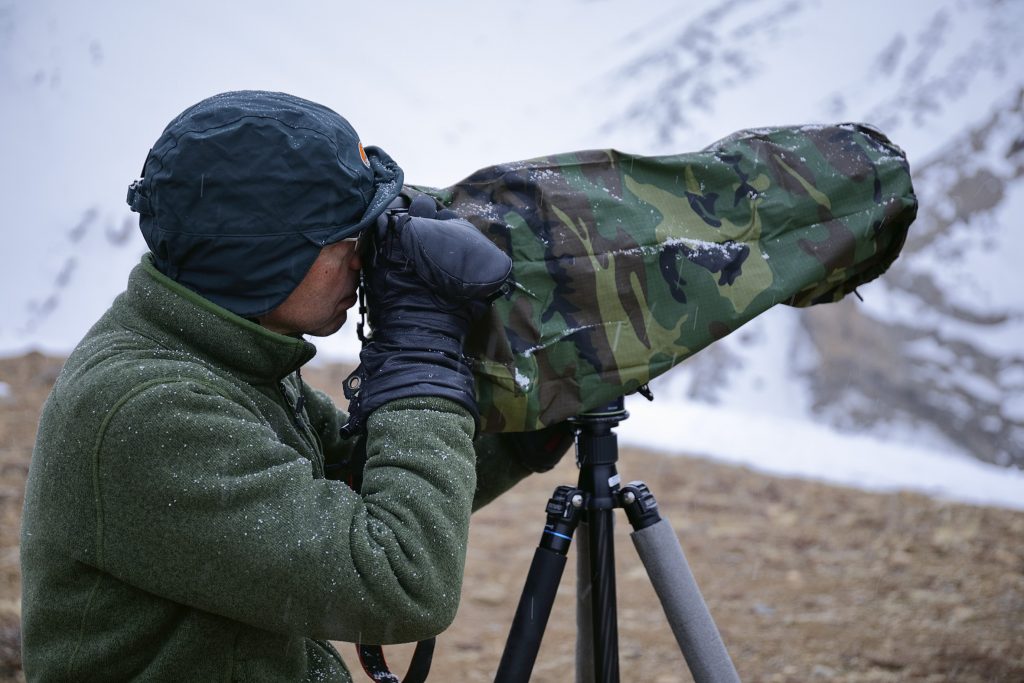
Oriol Alamany is a photographer from Barcelona, Spain. An enthusiast of nature, photography, and film since childhood, he studied biology and graphic design. In the 1980s, Alamany comibined work as a naturalist, specializing in mountain fauna, with graphic design, cinema, and photography. He finally established himself as a professional photographer and has published several illustrated books.
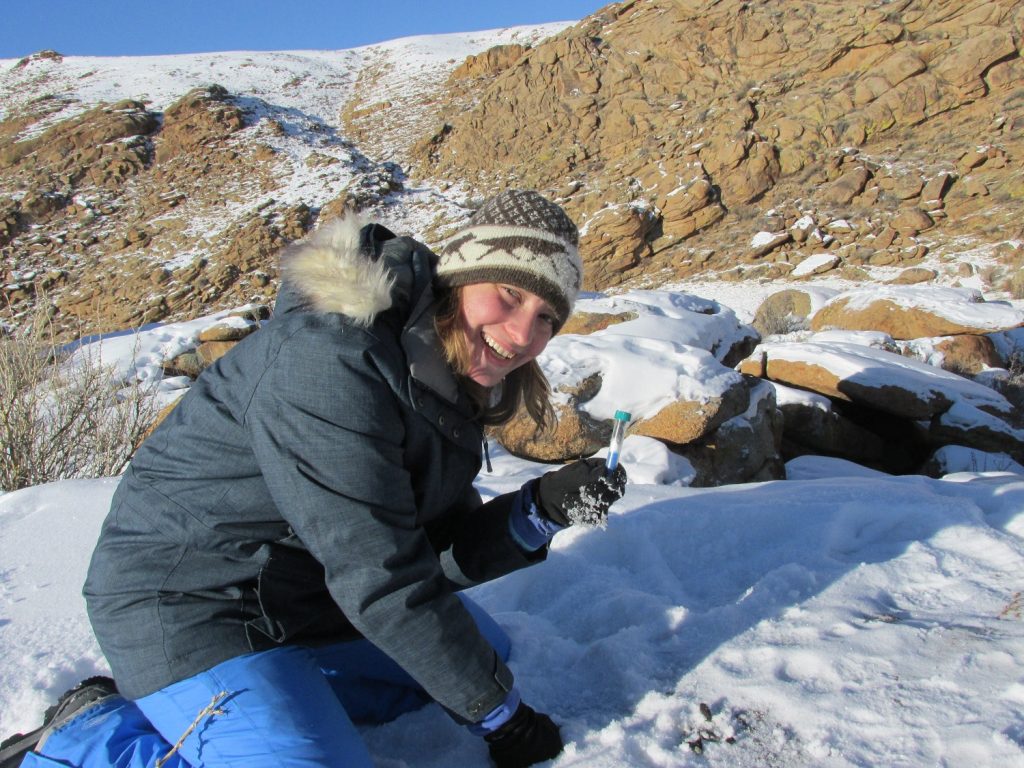
Katey Duffey is a zoologist living in Canton, Ohio, with an interest in human carnivore coexistence and One Health. She first became involved in snow leopard research while pursuing a master’s degree in zoology at Miami University. As a final project to support her master plan for mitigating human-wildlife conflict, she joined an opportunity with the Mongolian Academy of Sciences and Irbis Mongolia to survey for snow leopards in western Mongolia and study snow leopard-herder interactions. Since earning her degree, she has continued her independent research working with local organizations in the snow leopard range.
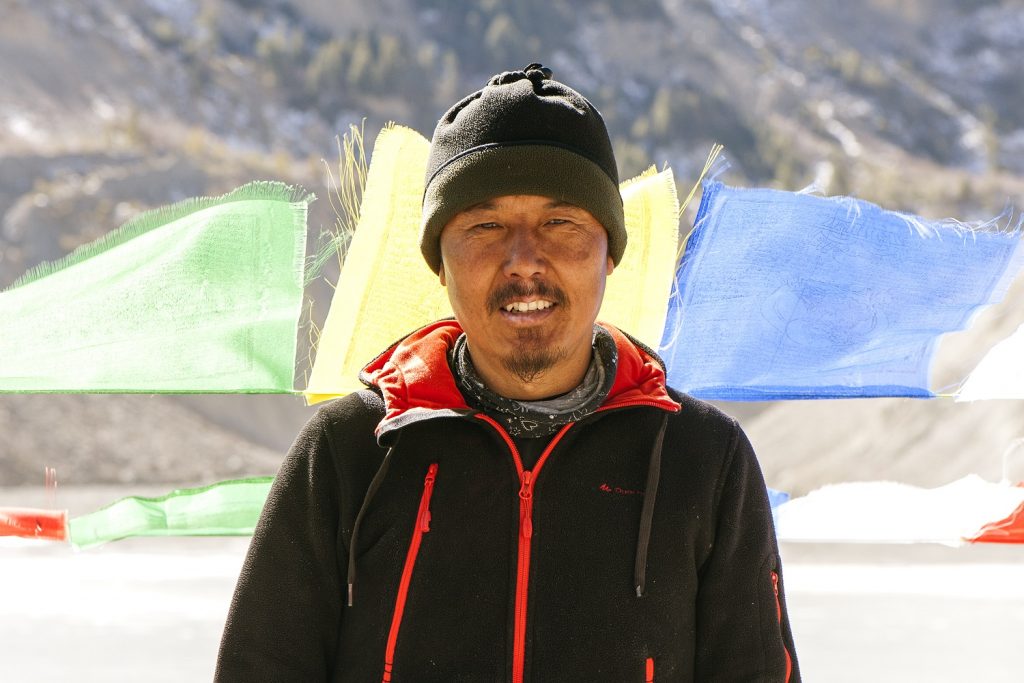
Tashi Ghale is a true mountain man and Himalayan wildlife photographer. Mountains and snow leopards are two of his favorite subjects as he was profoundly influenced by the natural splendor of his childhood home in the Annapurna region of Manang, Nepal, where he now runs a trekker lodge, Hotel Mountain Lake, and takes photographs of people, mountains, and wildlife. Ghale monitors snow leopards as a citizen scientist and has captured multiple live images of the snow leopard. He was the recipient of the 2016 Abraham Conservation Individual Award in recognition of his outstanding contribution to conservation of nature and sustainable development in Nepal. He was also selected as a 2018 Disney Conservation Hero, receiving the award for his dedication to conservation of snow leopards and their habitat in his community.
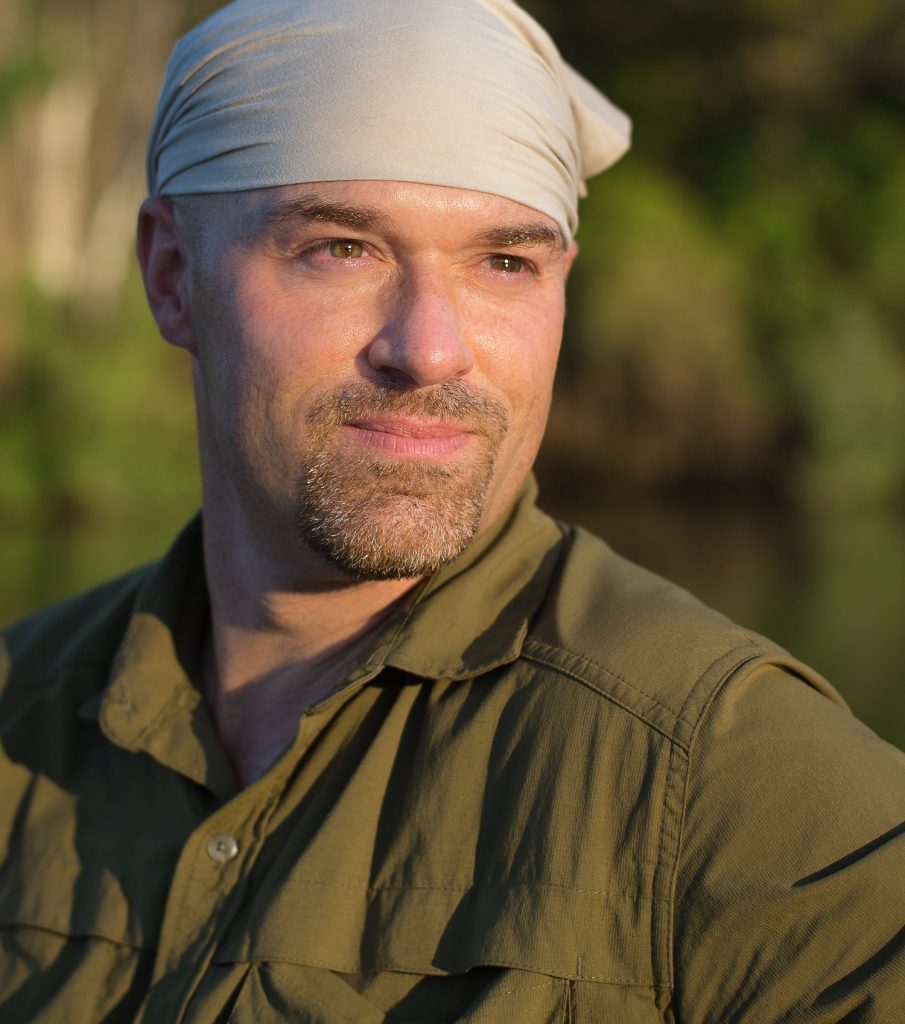
Jak Wonderly is an outdoor commercial and editorial photographer from Sonoma County, California. He worked as an animal photographer for National Geographic Society books and National Geographic Kids magazine, creating images of jellyfish, giraffes, snakes, bears, and many other species, and his photographs have appeared in numerous publications. Jak uses his photography to help raise awareness and funds for select conservation organizations. He is passionate about large cats in particular, and his expedition for the Snow Leopard Conservancy to find and photograph snow leopards in the Himalayas was his most challenging and adventurous project yet.
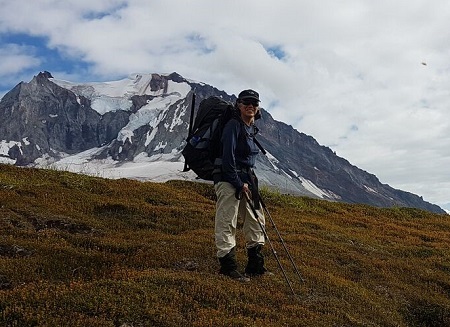
Susan Leibik is a visual artist and writer living in Vancouver, Canada. Her work is inspired by mountain travel and the lives of animals and birds.
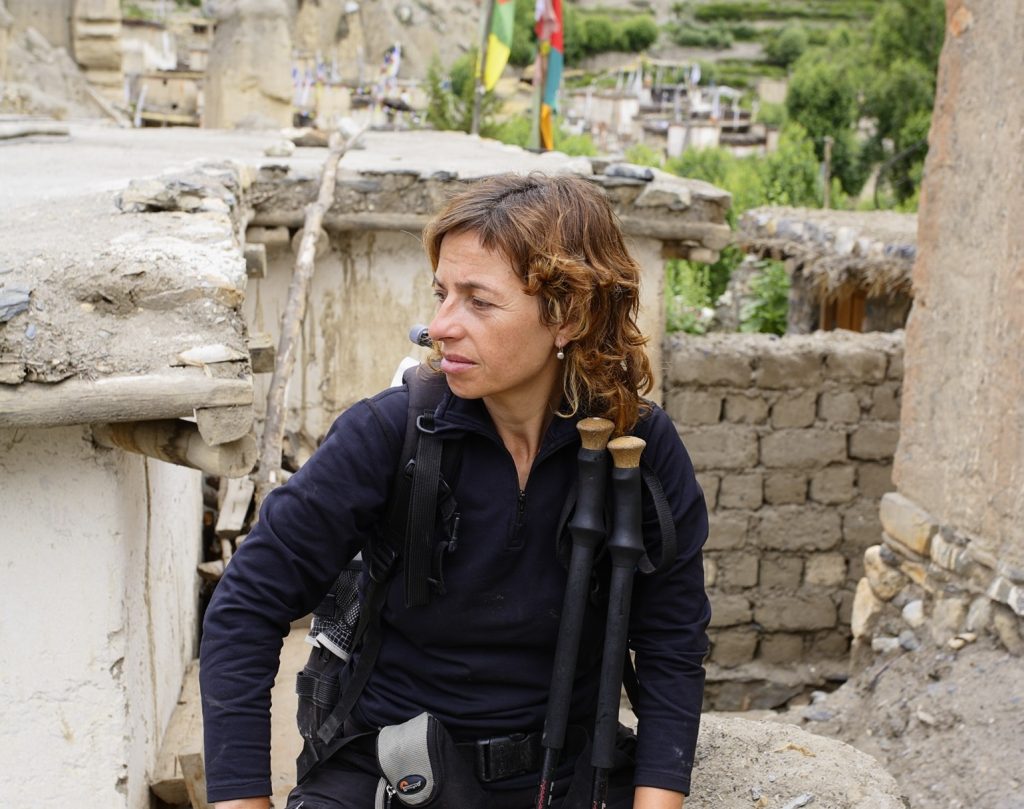
Eulàlia Vicens, from Barcelona, Spain, has extensive experience in the organization of trips specifically oriented to photography and nature watching. She works with photographer Oriol Alamany and is the author of several books and articles about hiking in nature.
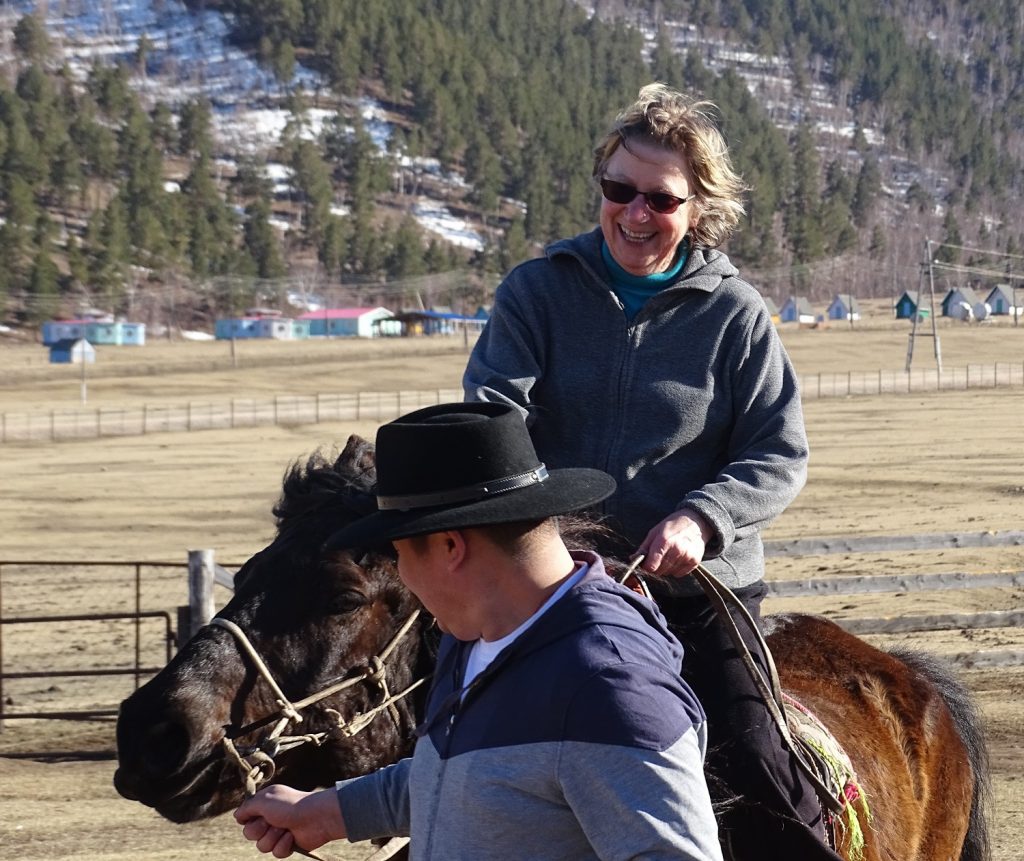
Darla Hillard serves as the Snow Leopard Conservancy’s education director. She was fundraiser and logistical organizer for Dr. Jackson’s original Nepal radio-tracking study, bringing more than a decade of administrative experience to the role. She co-wrote the June 1986 National Geographic article, followed by the book, Vanishing Tracks: Four Years Among the Snow Leopards of Nepal. Darla is logistical facilitator for the Land of the Snow Leopard Network, and she works with Conservancy partners on conservation education for rural school children in the snow leopard countries.
